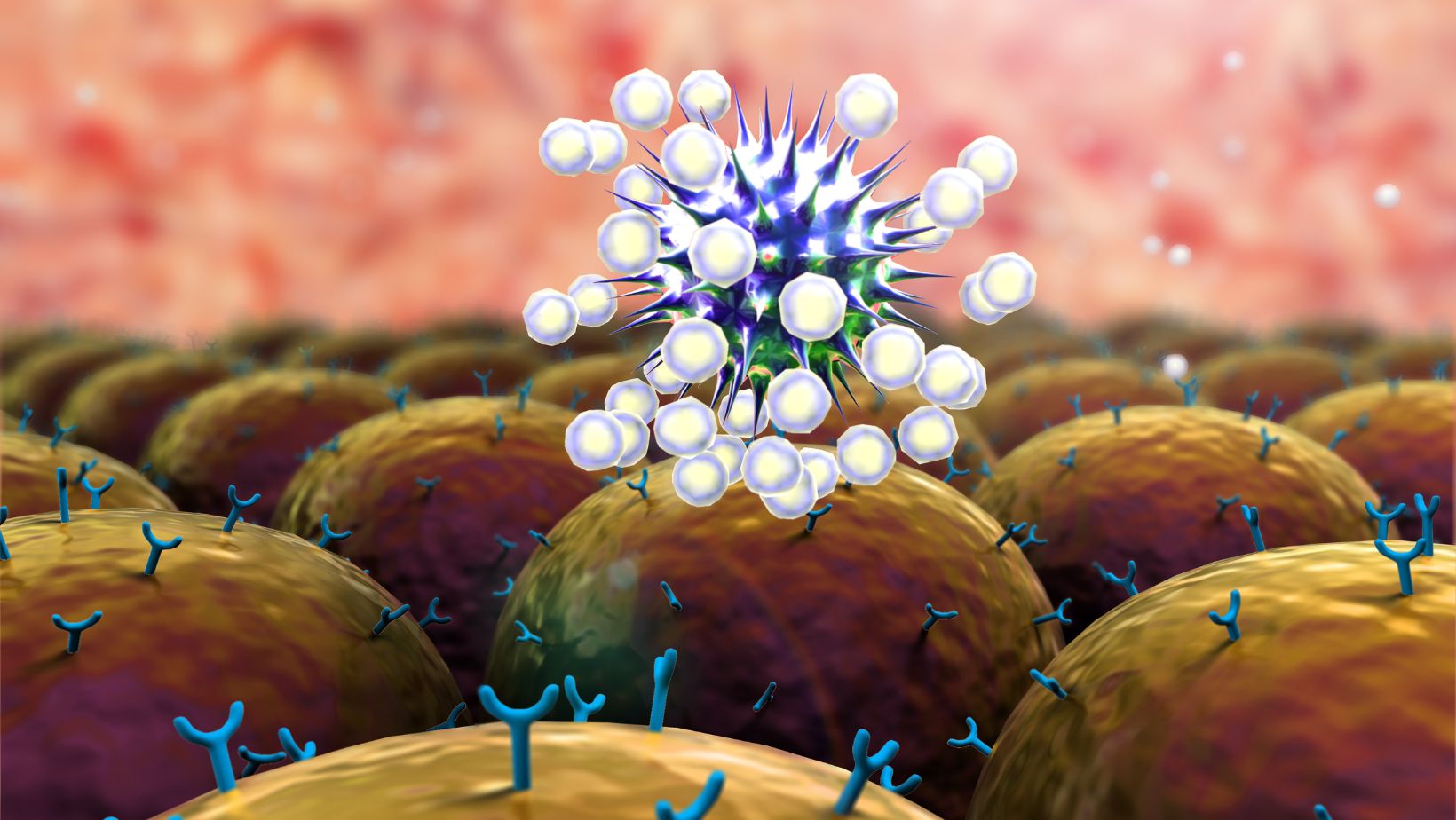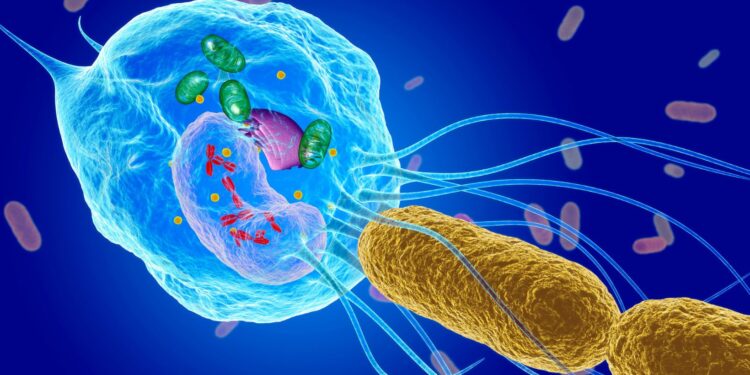Ion Pumps and Phagocytosis are Both Examples of
I’ve always been fascinated by the intricate mechanisms of the human body. From the smallest cells to the complex systems that keep us alive, there is so much to explore and understand. In my research, I’ve come across two fascinating processes that highlight the incredible capabilities of our cells: ion pumps and phagocytosis. These are both prime examples of the remarkable abilities of our cells to maintain balance and defend against foreign invaders. Let’s dive deeper into these processes and uncover the wonders of ion pumps and phagocytosis.
When it comes to maintaining the delicate balance of ions within our cells, ion pumps play a crucial role. These tiny molecular machines are responsible for actively pumping ions across the cell membrane, against their concentration gradient. This process requires energy, usually in the form of ATP, to move ions such as sodium, potassium, and calcium in and out of the cell. By doing so, ion pumps regulate the electrical potential and pH balance of the cell, ensuring its proper functioning. Understanding the intricacies of ion pumps can provide valuable insights into cellular physiology and the overall functioning of our bodies.
In the constant battle against pathogens and foreign particles, our immune system employs a powerful defense mechanism known as phagocytosis. This process involves specialized cells called phagocytes that engulf and digest invading microorganisms. Phagocytosis helps to protect our bodies from infections and maintain our overall health. By studying the intricacies of phagocytosis, we can gain a deeper understanding of how our immune system functions and potentially develop new strategies to combat diseases.
Ion pumps and phagocytosis are both remarkable examples of the incredible capabilities of our cells. The intricate processes of ion pumps ensure the proper functioning of cells, while phagocytosis acts as a defense mechanism against foreign invaders. By delving into the details of these processes, we can unlock valuable insights into cellular physiology and the functioning of our immune system. Let’s explore the wonders of ion
Ion Pumps and Phagocytosis: Two Examples of Cellular Processes
When it comes to understanding cellular physiology and the immune system, two processes that stand out are ion pumps and phagocytosis. These are both fascinating examples of how our bodies work to maintain balance and protect against harmful invaders.
Ion pumps are essential for maintaining the balance of ions within cells. They are responsible for regulating the movement of ions across cell membranes, ensuring that the right concentrations are maintained. This is crucial for various cellular processes, including nerve signaling, muscle contraction, and the regulation of pH levels. Without ion pumps, our cells would not be able to function properly.

One of the most well-known examples of an ion pump is the sodium-potassium pump. This pump uses energy from ATP to move three sodium ions out of the cell and two potassium ions into the cell. This creates an electrochemical gradient that is necessary for nerve impulses and muscle contractions. The sodium-potassium pump is found in almost all cells in our body, highlighting its importance in maintaining cellular function.
On the other hand, phagocytosis is a defense mechanism used by our immune system to engulf and digest invading microorganisms. Phagocytes, such as macrophages and neutrophils, are specialized cells that play a crucial role in the immune response. When they encounter foreign particles or pathogens, they extend their cell membrane around the invader, forming a phagosome. The phagosome then fuses with lysosomes, which contain enzymes that break down the engulfed material. This process effectively eliminates the threat and helps protect our bodies from infection.
Phagocytosis not only helps eliminate pathogens but also plays a role in tissue repair and the removal of dead cells. It is a dynamic and complex process that involves intricate signaling pathways and coordination between different cells of the immune system.
Understanding the mechanisms behind ion pumps and phagocytosis provides valuable insights into cellular physiology and the functioning of the immune system. These processes highlight the intricate mechanisms our bodies have evolved to maintain homeostasis and defend against harmful invaders.














